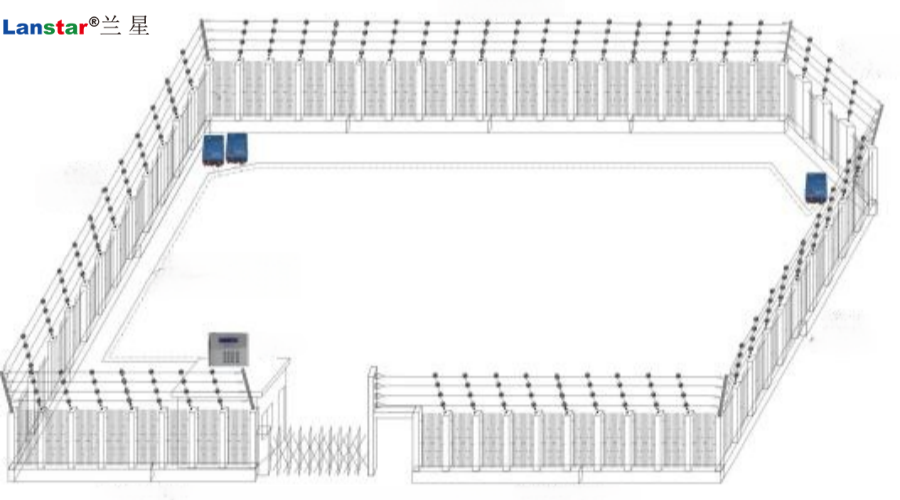After a long period of development, electronic fences have roughly gone through three stages:
(1) Stage I: Electronic fences originated from mobile pastures in Europe. In order to graze, shepherds pulled a wire and passed direct current to form a simple electronic fence, which allowed livestock to move within a certain range. After the war, animal husbandry accounted for a high proportion of agriculture in Europe. The large demand for animal husbandry promoted the development and promotion of "electronic fences". Cattle and sheep retreated when they encountered the electric shock of the "electronic fence", which played a good role as a "shepherd". At the same time, it also prevented large animals or wild beasts outside the fence from running in, which greatly promoted the development of animal husbandry at that time. At present, it still plays a large role in some countries with relatively developed animal husbandry.
(2) Phase II: With the development and deepening of the entire "electronic fence" industry, there are more and more product accessories and types. In the mid-to-late 1990s, intelligent perimeter security alarm systems with blocking and alarm functions began to be used professionally in the field of social public security. It has circuit break, short circuit, and power failure alarm functions while inheriting the safety blocking function of electronic fences. This product fully considers people's initiative and intelligence, and can accurately judge various situations such as unintentional touch, deliberate destruction, and illegal intrusion. It is currently a better choice for perimeter security projects.
(3) Phase III: As people's requirements for product performance and functions become higher and higher, products need to be more humanized, and products with more functions begin to appear. The output pulse voltage of the second-stage product is constant. In this way, when the length of the perimeter changes, the voltage at the front end will be too high or too low depending on the length of the perimeter; at the same time, when the product is installed in a villa or community with a low wall, it will accidentally hit children or nearby staff during the day. Based on the above problems, more advanced products have emerged that can adjust the output voltage and set the high-voltage mode and safety mode switching function. When switched to safety mode, there is no electric shock when touching the electronic cable, but if it is damaged, an alarm signal will still be issued. At the same time, some products at this stage also have functions such as remote control and long-distance operation, providing better products for large-scale application in villas and communities.

